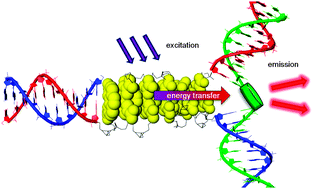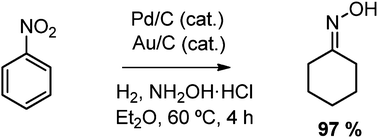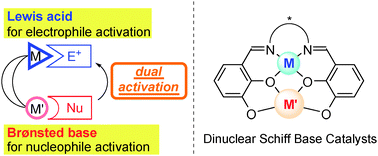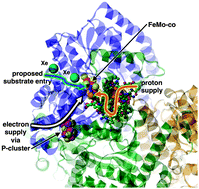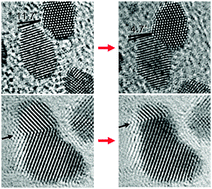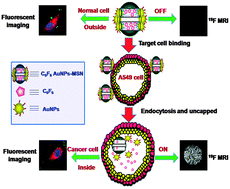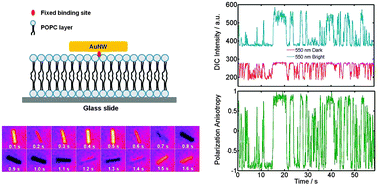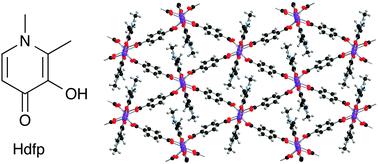
The molecule will readily adjust the size of its opening to accommodate its guest
Chemists in the US have successfully isolated the first anion of a distinctive type of pincer molecule, known as a buckycatcher, and confirmed the extraordinary flexibility it has for encapsulating guest molecules.
The buckycatcher in this study (C60H28) consists of a tetrabenzocyclooctaraene tether that links two corannulene (the smallest and most studied buckybowl) pincers. In previous attempts to isolate this molecule, researchers have had difficulties with solvate formation, as solvents fill the large empty cleft that the buckycatcher uses to encapsulate guest molecules. However, Marina Petrukhina, and co-workers at the University at Albany, State University of New York, have finally managed to elucidate the structure of this rather interesting molecule by developing and carrying out a rather arduous solvent-free method that involved growing the crystals in a vacuum over several months.
The buckycatcher’s flexibiliy has been suggested before, but Petrukhina‘s team provide the first experimental evidence for the adjustability of the tetrabenzocyclooctaraene tether that connects its coranulene pincers and allows them to move closer or further apart to catch guest species.
Read the full article in Chemistry World»
Read the original journal article in ChemComm:
An unsolvated buckycatcher and its first dianion
Alexander V. Zabula, Yulia V. Sevryugina, Sarah N. Spisak, Lesya Kobryn, Renata Sygula, Andrzej Sygula and Marina A. Petrukhina
Chem. Commun., 2014, Advance Article, DOI: 10.1039/C3CC49451A, Communication













